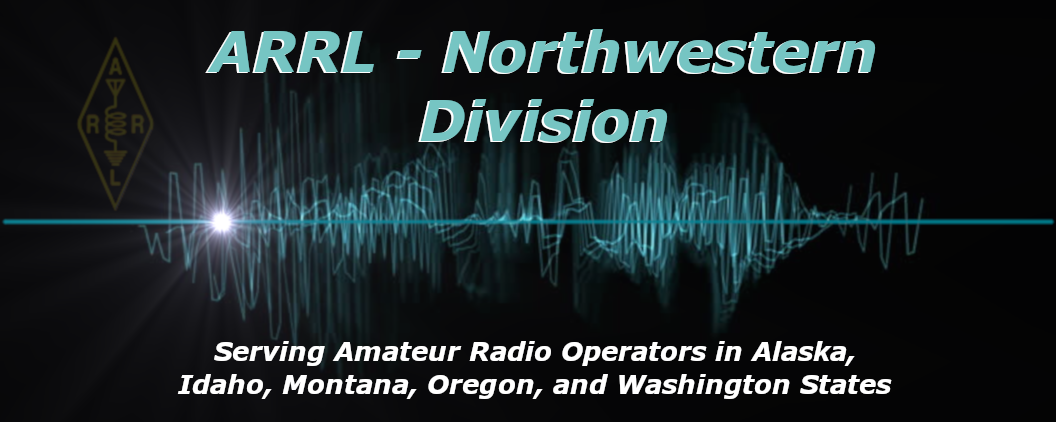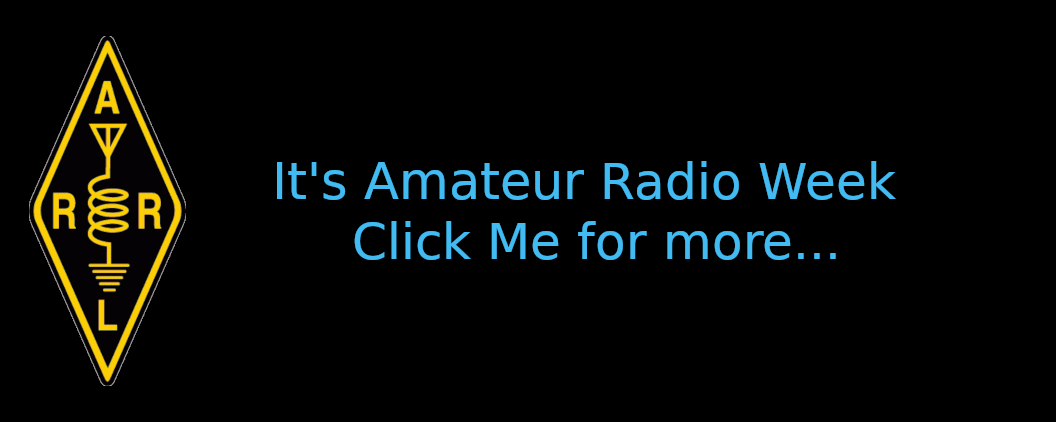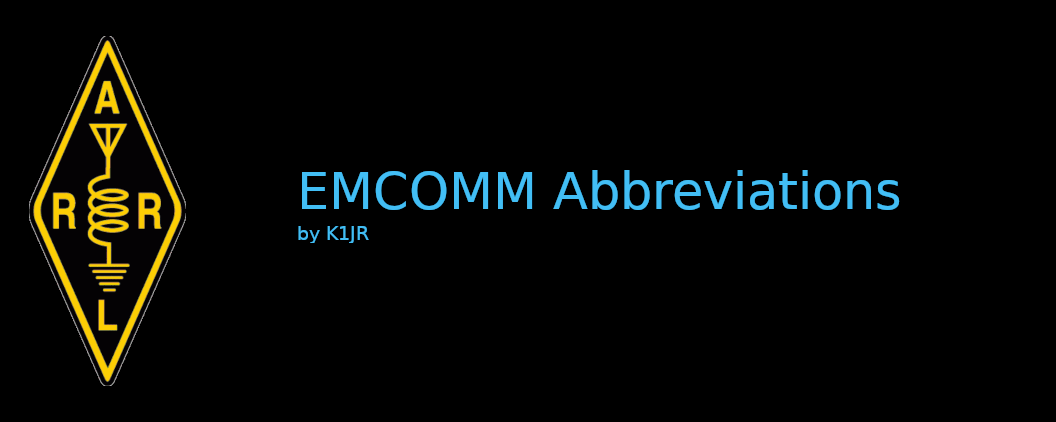Editor’s Note…
Hive Mind – Noun – A notional entity consisting of a large number of people who share their knowledge or opinions with one another, regarded as producing either uncritical conformity or collective intelligence.
With that definition in mind, when we receive a question that pertains to all members of ARRL Oregon or the amateur community in general, we’ll post it and ask our members to comment, add and generally further the discussion. The intent is to both share and learn from the hive mind of our community, so please be involved!
Randy – who is studying for his Technician License – writes:
If a person was preparing an emergency handheld transmitter (just fyi at same time preparing for technician licensing), primarily for wilderness/traveling emergency and disaster preparedness, would they be better off just to focus on programming repeaters vs trying to program local SAR/Fire etc for locations they might travel? From just what I’ve read so far, in the wilderness there really is small chance with these units and making contact the best chance may be getting on top of a ridge or mtn and possibly hitting a repeater in the distance. Do you have any suggestion as to what resources regarding the best frequencies to be programmed for wilderness emergency/disaster preparedness? I appreciate your thoughts. Again thank you to your organization for everything you do. You will be the hub of communication when Cascadia hits.
Andrew – N1ACW, an experienced wilderness hiker – responds:
Hello Randy,
First and foremost: good luck with your licensing exam! A technician ticket allows you to use the very backbone of amateur communications: the VHF and UHF bands. There’s always plenty of amateur radio operators monitoring this part of the radio spectrum, especially during emergencies. When conventional communications go down, ham radio on 2m or 70cm is often the only choice!
Thanks for your question. Let me break it down into a couple of distinct parts. You asked about whether you should concentrate on programming your handheld with repeater frequencies or channels dedicated to search and rescue and other emergency services. So, let’s deal with repeaters first, especially their use when you’re far from towns and cities.
I spend a lot of time in Oregon’s wilderness areas and I always have a 5W handy-talkie with me. In my experience I can usually key up a repeater or two no matter wherever I am. Most modern handhelds allow you to group repeater channels somehow. This allows you to concentrate on only working a set of repeaters for the area you’re operating in. You’ll not be wasting time scanning repeaters well out of your reach. Software, like the free Chirp program, and an appropriate interface cable makes this job very easy indeed.
You’ve got to do your homework in order to be an effective communicator. This is especially true when you’re subject to the pressure of an emergency or the situational overload when you’re out in the mountains. Learn the nuances of your handheld radio at home! You’ve got to be able to use it without the (oftentimes worthless) manual. The worst time to be trying to remember how to configure complicated repeater access tones and frequency shifts is during a freezing snowstorm or as a disaster is playing out. It’s so much easier to learn the nuances of your kit and program pertinent information into your radio’s memory ahead of time.
Here’s the secret to turning your handheld into a powerful wilderness comms tool: Add a high gain antenna! These are amazing bang-for-the-buck upgrades. For as little as $20 you can greatly improve the transmit and receive performance of your radio. Next on the list would be either an extra battery or two.
So what about monitoring the emergency services’ communications? I’m inclined to not worry too much about these. For one thing, more and more emergency service groups rely on technologies that we simply can’t decode with our ham radio gear. Their signals usually use a proprietary digital mode and are multiplexed in such a way to allow multiple teams to operate in close proximity without fouling each other’s comms. Their frequencies are well beyond the sweetspot of most handhelds too.
Having said that, if you know for sure that a local SAR group is using an accessible frequency/technology, go ahead and program that into your radio – but remember, this channel is for monitoring only! As I’m sure you’ll know from your tech studies, amateur radio operation is governed by FCC part 97. These are the rules we ‘play’ by. Part 97 clearly states that, only in the direst of emergencies – i.e. situations where life and/or property is on the line, are you permitted to communicate on any frequency. In reality, you’re better off concentrating your effort on becoming expert at working the amateur bands – the chance that your signal will be heard is so much greater.
Regards
Andrew Watson, N1ACW, Lake Oswego ARES




